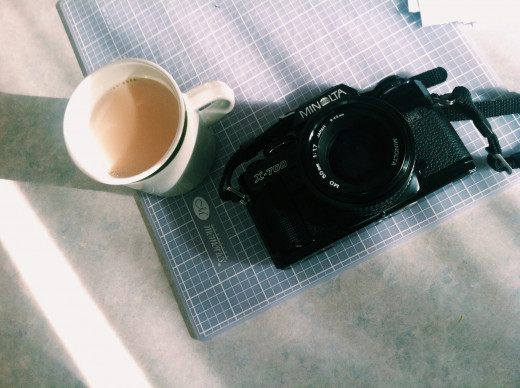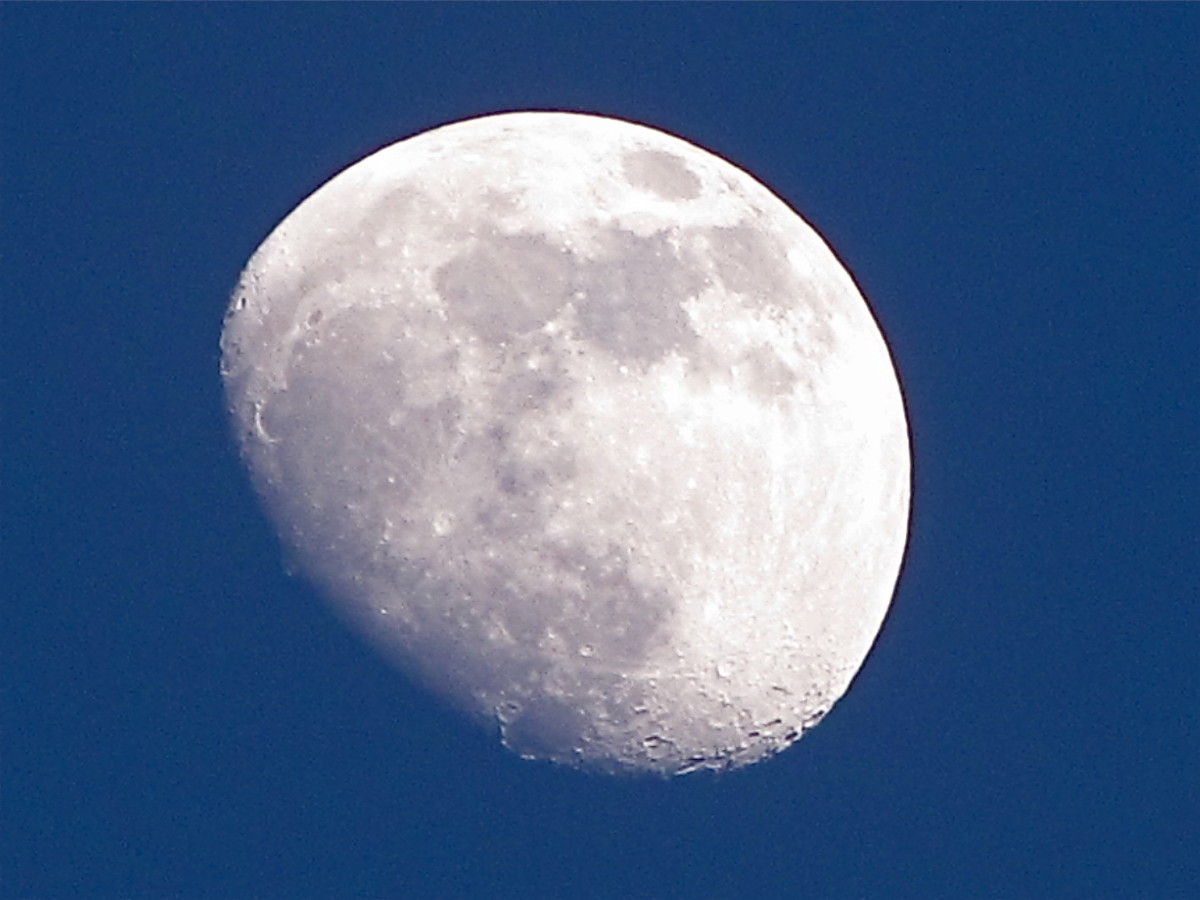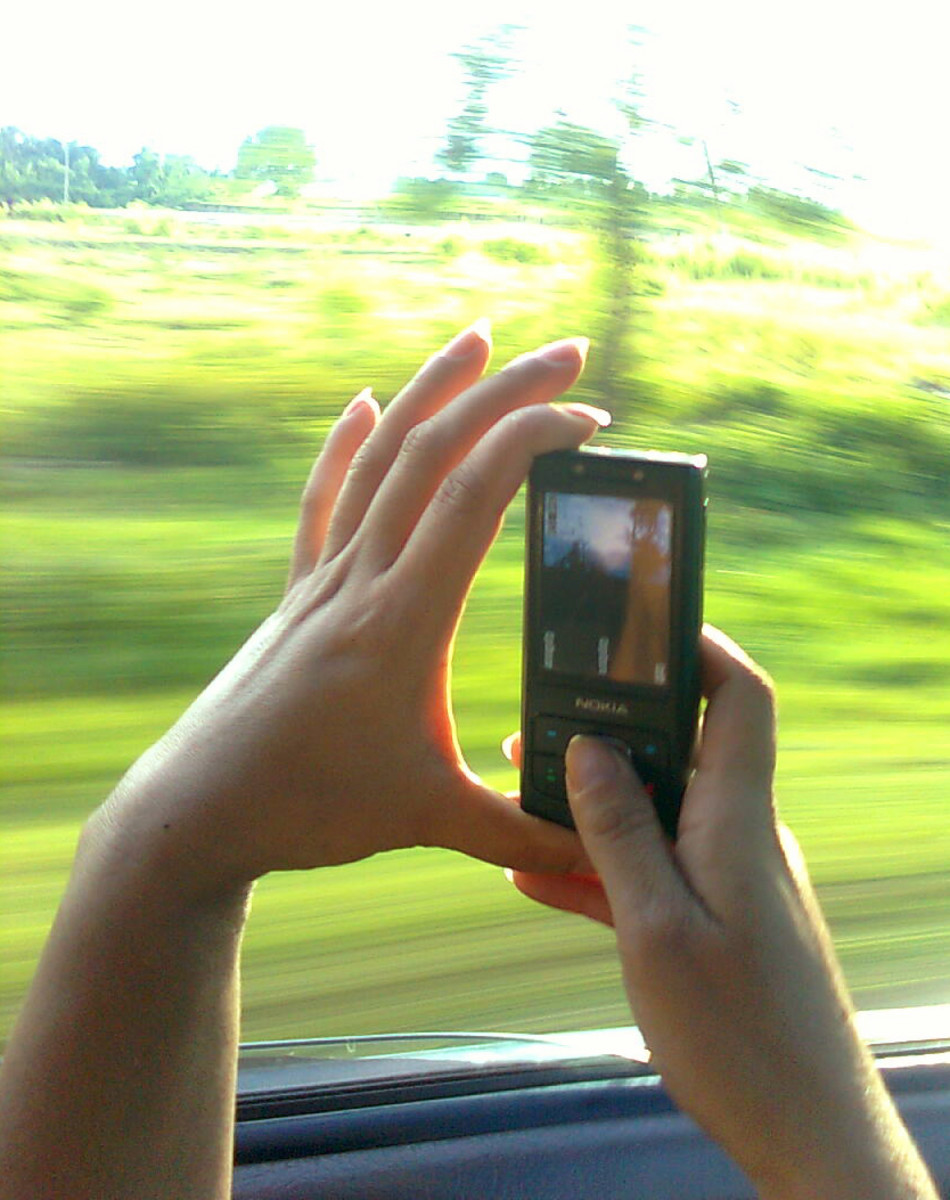- HubPages»
- Arts and Design»
- Photography»
- Photography Instruction & How-Tos
How to Meter Light and Use Your Manual Settings

There are many ways to use a camera, and many reasons that people use them. Maybe you bought a larger Canon or Nikon camera for your family photos, or nicer vacation photos, or maybe because you wanted to pursue an interest in photography and thought this was a good place to start. Most people who get a camera, tend to use the common setting: Automatic. Well I'm here to teach you a little about your camera, how it works, and how you can be in total control of what your photograph will look like. This will help you get a better understanding of your digital or film camera.
Metering:
Every camera has a light meter, which reads the light through the lens. This is what your camera uses to decide what will make a perfect photograph by sending the information to the meter. Put simply. When you set your camera to manual, usually there will be a light meter when your look into the view finder. Some film cameras don't have light meters, but if they don't you can buy hand held ones too. Most digital cameras will also show the meter on the lcd screen. The meter uses three things to make the perfect light in your photograph, these are ISO, shutter speed and Aperture. Which I will be telling you all about!
Learning and understanding how to use all these things simultaneously is a learning process that may take some time to figure out. It took me awhile to fully understand how to meter and the best thing to help me was just practice. You will be extremely thrilled when you finally learn how to make all these elements coincide with each other and making them work together to get a beautiful shot.
Shutter Speed:
This is how slow or how fast the shutter blades open and close when you take a photo. These are measured by seconds. A low shutter speed would be something like 1/10 or one tenth of a second. You would think that is pretty fast but it doesn't capture things well for you just holding your camera, so you might need a tri-pod for slower shutter speeds. But something great about slow shutter speeds is that you can capture motion really well or create a long exposure. But if you want only one thing in your photograph that has motion blurred then you will need a tri-pod to keep the other part of your photograph in focus. A high shutter speed or fast shutter speed would be something like 1/1000 or a thousandth of a second. This is fast! This is handy because you can really stop any motion in a photograph. If you had someone jumping in the air with a fast shutter speed then you could capture that person that looks like they are floating in the air, clear and no blurring.


Aperture: or F Stop. This is the size of the lens opening and controls how much light is let in. If you have a film camera the F Stops will be on the lens itself and if you have a digital camera, there may be a button you have to press to change it. The numbers will read f/2 or f/16, whatever you have it set to. An important part of Aperture is that it changed the Depth of Field in your photograph. Shallow Depth of Field is when your photograph is blurry at the front and back and focused in the middle, you can get a Shallow Depth of Field if you set your Aperture at a low setting like f/2 or f/5.6. The more you go up the more clear the whole photograph will get, this is called Great Depth of Field. The photos to the right show the difference that Aperture has on a photograph and the Depth of Field. The first photo shows an Aperture of f/20, and a Great Depth of Field. Notice how it is mostly in focus all the way through the shot. In the second photo was shot at an Aperture of f/1.8 and a Shallow Depth of Field.
ISO is also important in getting a proper exposure! This is the sensitivity of the light to your camera's sensor or to the film. The lower the number, the less sensitive it is and the higher the number, the more sensitive. ISO goes by 100, 200, 400 and 1600 and sometimes it is higher or lower. ISO makes an exposure brighter but the higher it is the more grainy your photo can be. Some don't mind that, I usually don't because in film it's a nice look sometimes, so in digital it isn't a big deal to me unless it absolutely needs to be a high quality photo, just a personal opinion. ISO's of 100 and 200 and maybe 400 are good for shooting outdoors or somewhere well lit. Anywhere over those numbers, 800, 1600, 3200, are better for darker shots, maybe indoor shots. This is a good one to set first and not changed too much!
So how do you know what to set all these things at? I'll tell you! When you look at your meter, there will be a small arrow in the middle of a thing that looks something like this photo below. If the arrow is to far too the right, your image is going to be overexposed, or too bright. If it is too far too the left, the image will be underexposed, or too dark. So you will need to decide what setting to fiddle with to make the arrow go to the middle.

Thank you so much for reading and I hope something I said could be helpful or at least interesting!







